The Pacific Ring of Fire and Its great Importance
Pacific Ring of Fire?
The Ring of Fire is the most seismically and volcanically active zone in the world. The Ring of Fire is a roughly 40000-kilometer chain of volcanoes and seismically active sites that outline the Pacific Ocean. Ring of Fire, where the Pacific Plate meets many surrounding tectonic plates. Ring of Fires also known as the Circum-Pacific Belt, where the Pacific Plate meets many surrounding tectonic plates, including the Eurasian, North American, Juan de Fuca, Cocos, Caribbean, Nazca, Antarctic, Indian, Australian, Philippine, and other smaller plates, which all encircle the large Pacific Plate.
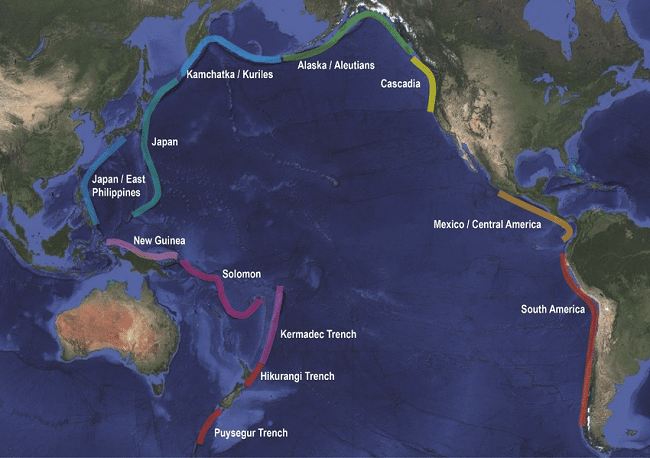
The plates are constantly sliding past, colliding into, or moving above another plate. This movement results in deep ocean trenches, volcanic eruptions, and earthquake epicenters along the boundaries where the plates meet, called fault lines. The Ring of Fire is home to the deepest ocean trench, called the Mariana Trench. Located east of Guam, the 7-mile-deep Mariana Trench formed when one tectonic plate was pushed under another.
The tectonic activity along the Ring of Fire also results in about 90% of the world’s earthquakes, including the Valdivia Earthquake of Chile in 1960, the strongest recorded earthquake at 9.5 out of 10 on the Richter scale. The Ring of Fire is also the site where an estimated 75% of the planet’s volcanoes are located, such as Mount Tambora of Indonesia, which erupted in 1815 and became the largest volcanic eruption in recorded history.
Best way to Lose your Weight-click here
Structure of the Ring of Fire
The Pacific Ring of Fire is a u-shaped area that is almost forming a ring or a circle in the Pacific Ocean. The stretch is approximately 40,000 kilometers from New Zealand, all the way to the West Pacific through the Philippines, Japan, and Indonesia covering parts of the Bering Strait between Alaska and Russia, West coasts of North America and South America. The ring of fire accounts for more than 450 volcanoes (active and dormant).
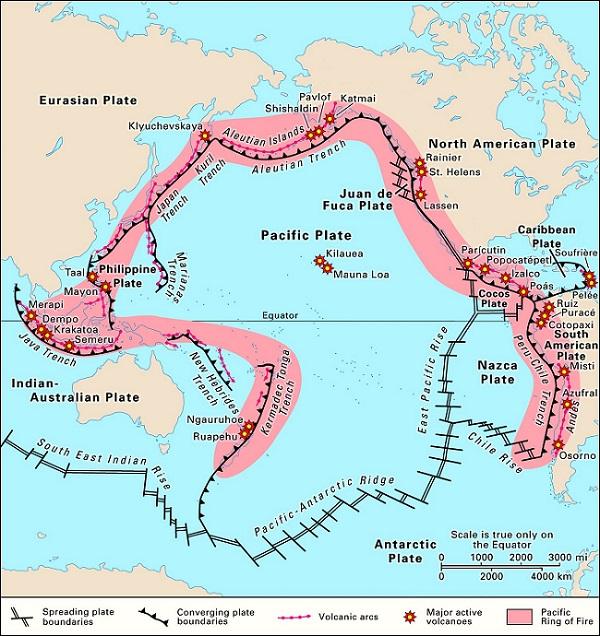
The area is famous for its continued seismic activity influenced by the numerous numbers of active volcanoes around the region. The main point is that the Pacific Ring of Fire is an extensive chain of volcanoes and other tectonically active processes such as earthquakes, ocean trenches, and fault zones closely encircling the Pacific Ocean.
How Ring of Fire is forms
The Ring of Fire is formed due to the Collision of Plate or tectonic activities in the Pacific Ocean. The lithosphere plates are in constant motion and make up the outermost layer of the earth are always moving on the upper part of the mantle and sometimes collide, pull apart, or slide past each other resulting in convergent, divergent, or transform boundaries respectively.
Subduction zones are the predominant feature where due to the action of the tectonic movements heavier plates slip under lighter plates, creating deep trenches. The subduction alters the heavy mantle into buoyant magma which moves up the crust to the surface of the earth as volcanoes. When this occurs over millions of years, the rising magma brings about a series of active volcanoes referred to as volcanic arcs or volcanic chains.

The volcanic arcs and ocean trenches run parallel to each other thereby bringing the expanding earth’s crust around the Pacific Ring of Fire. For example, the Aleutian Islands in Alaska run parallel to the Aleutian Trench and the Andes Mountains of South America run parallel to the Peru-Chile Trench. These parallel geologic features are the ones responsible for the subductions of the Plates.
Collision of the tectonic plates, leads to faulting, crashing, and formation of rift valleys on the seafloor which contributes to the ejection of magma and powerful shaking of the ocean floor. This tectonic activity leads to the formation of more cracks, vents, and fault lines which can trigger strong earthquakes and volcanic activities. The East Pacific Rise is one of the major locations experiencing fast seafloor spreading in the ring of fire.
Also, Read- How to control Desertification? Problem and Solution
Major Volcanic Areas in the Pacific Ring of Fire
There are more than 450 dormant and active volcanoes present within the Pacific Ring of Fire. The active volcanic areas stretch right from the western edge, from the Kamchatka Peninsula in Russia through the Japan Islands and Southeast Asia, to New Zealand. Some of the globe’s most active volcanoes are found in this location Kilauea is the most active volcano in the world found in the Pacific Ring of Fire.
Mount Ruapehu
Mount Ruapehu is in New Zealand on the southern end of the Taupo Volcanic Zone. It is the most active volcano within the Ring of Fire and records minor eruptions every year and major eruptions almost every five decades. Over the years Mount Ruapehu has produced several explosives scoria cones, craters, and lava flows. In December 1993, 151 people lost their lives as a result of Mount Ruapehu’s volcanic activity.
Best Way to Loss your Weight-click here
Krakatau in Indonesia
Krakatau is an Indonesian island that consists of active volcanic activities. The denser Australian Plate is subducted beneath the Eurasian Plate. A very destructive eruption took place in 1883, destroying the entire island and emitting large scores of volcanic ash, gas, and rocks high into the air at a height of more than 80 kilometers.
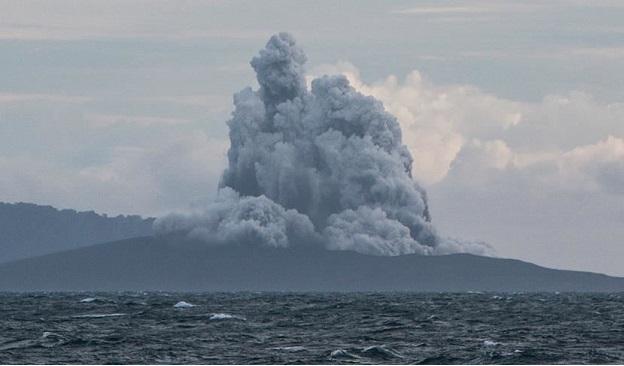
Mount Fuji
Mount Fuji in Japan is the most famous and tallest mountain in the region. It is still an active volcano in the Pacific Ring of Fire and erupted last in 1709. it has been recently reported to be active due to the tectonically active processes, mainly earthquakes. Mount Fuji is located at a ‘triple junction,’ where three tectonic plates intersect. These include the Philippines, the Amur, and Okhotsk Plates.
The Eastern Half of the Pacific Ring of Fire
The eastern half of the Pacific Ring of Fire has several active volcanic areas including the Trans-Mexican Volcanic Belt, the Andes Mountains, the Aleutian Islands, and the Cascade Mountains in the Western United States which also includes Mount St. Helens.
Importance of Ring of Fire
Geothermal Resources
Research reveals that World’s largest geothermal energy resources more than 40% are stored in the Pacific Ring of Fire. Geothermal resources are highly associated with the active plate boundary where volcanism or frequent earthquakes have occurred. The region is tectonically a very much active region, and as a result, it has stored a lot of heat which can be used as geothermal resources. Around 13 GW (till 2015) power generation had been installed on the basis of geothermal resources in different countries, where more than 6 GW have been found in the ring of fire region. Geothermal energy resources can be utilized both for electricity generation and direct uses. It is estimated that by these Geothermal resources, more than 110 GW of electricity can be generated in this region.
Unique weight loss medicine-Click here
Future Supercontinent
The Pacific is the world’s largest ocean but many subduction zones on its flanks may close this ocean within the next 250 million years. As Asia, Australia, and the Americas converge, planet Earth may wind up with a new supercontinent
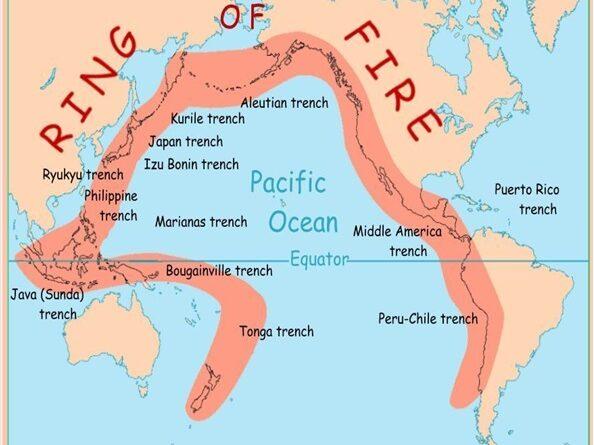
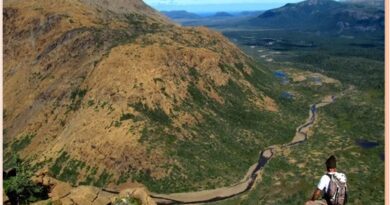
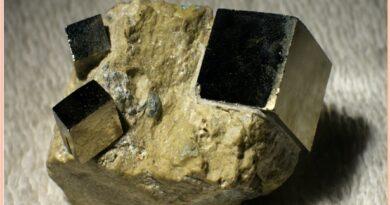
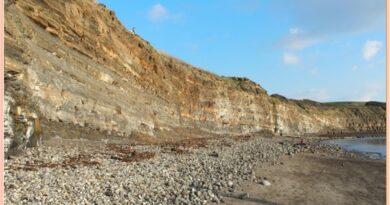
Pingback: Mount St. Helens- An Active Volcano Trail And Hiking Destination USA - Geotourism
Pingback: Best Places to visit in Wonderland 'Costa Rica' - Geotourism